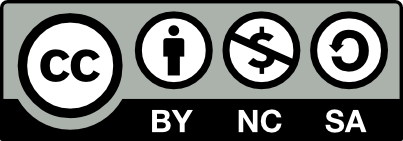Association between Facial Nerve Palsy and Herpes Zoster infection in patients with immunocompromised state
Main Article Content
Abstract
Objective: To examine the relationship between patients' immunocompromised state and clinical severity and polycrani-al nerve involvement and recovery outcomes in groups of patients with Ramsay Hunt Syndrome (RHS) at tertiary hospi-tals of Sindh, Pakistan.
Methodology: This retrospective cohort study included136 confirmed RHS cases during January to December 2024. Patients were classified as immunocompromised (n=41) and immunocompetent (n=95). Data included demographics, comorbidities, initial House-Brackmann facial nerve grade, polycranial nerve involvement, timing of initiation of antiviral therapy, and 6-month recovery. Statistical analysis consisted of Mann-Whitney U, chi-square, and odds ratios.
Results: Patients with immunocompromised RHS were found to be significantly older (mean age, 61.2 vs 48.6 years; p<0.001) and had a higher prevalence of diabetes (58.5% vs 14.7%; p<0.001) and HIV (22% vs 0%; p<0.001). Severe initial facial nerve palsy (House-Brackmann Grade V/VI) was more prevalent in immunocompromised patients com-pared to immunocompetent patients (68.3% vs 36.8%; p<0.001). Polycranial nerve involvement was encountered in 56.1% of immunocompromised patients, whereas polycranial nerve involvement was identified in only 27.4% of immunocompetent patients (OR 2.71; p=0.001). Initiating antiviral therapy early (≤72 hours) in immunocompromised patients significantly improved rates of complete recovery at six months (57.1% vs 25.0% with delayed therapy; p=0.029).
Conclusion: Immunocompromised RHS patients are older, have more severe facial palsy, have a greater risk of polycra-nial nerve involvement, and recover at a slower pace, particularly if treated late.
Key words: Ramsay Hunt Syndrome, Immunocompromised, facial palsy, Herpes Zoster.
Downloads
Article Details

This work is licensed under a Creative Commons Attribution-NonCommercial-NoDerivatives 4.0 International License.
Journal of Muhammad Medical College (J Muhammad Med Coll) belief that all researches are basically conducted for the benefit of humanity. Research is the product of an investment by society and consequently its fruits should be returned in a transparent fashion to all humankind without any discrimination.
Journal of Muhammad Medical College is an open access journal which means that all content is freely available without charge to users or / institution. When used non-commercially all users are allowed to read, download, copy, distribute, print, search, or link to full text articles in this journal without asking prior permission from the publisher or author as long as original author(s) are acknowledged.
Journal of Muhammad Medical College operate under Creative Common License CC-BY-SA that allow reproduction of articles free of charge, for non-commercial use only and with the appropriate citation information. All authors publishing with Journal of Muhammad Medical College accept these as the terms of publication.

This work is licensed under a Creative Commons Attribution-NonCommercial-ShareAlike 4.0 International License